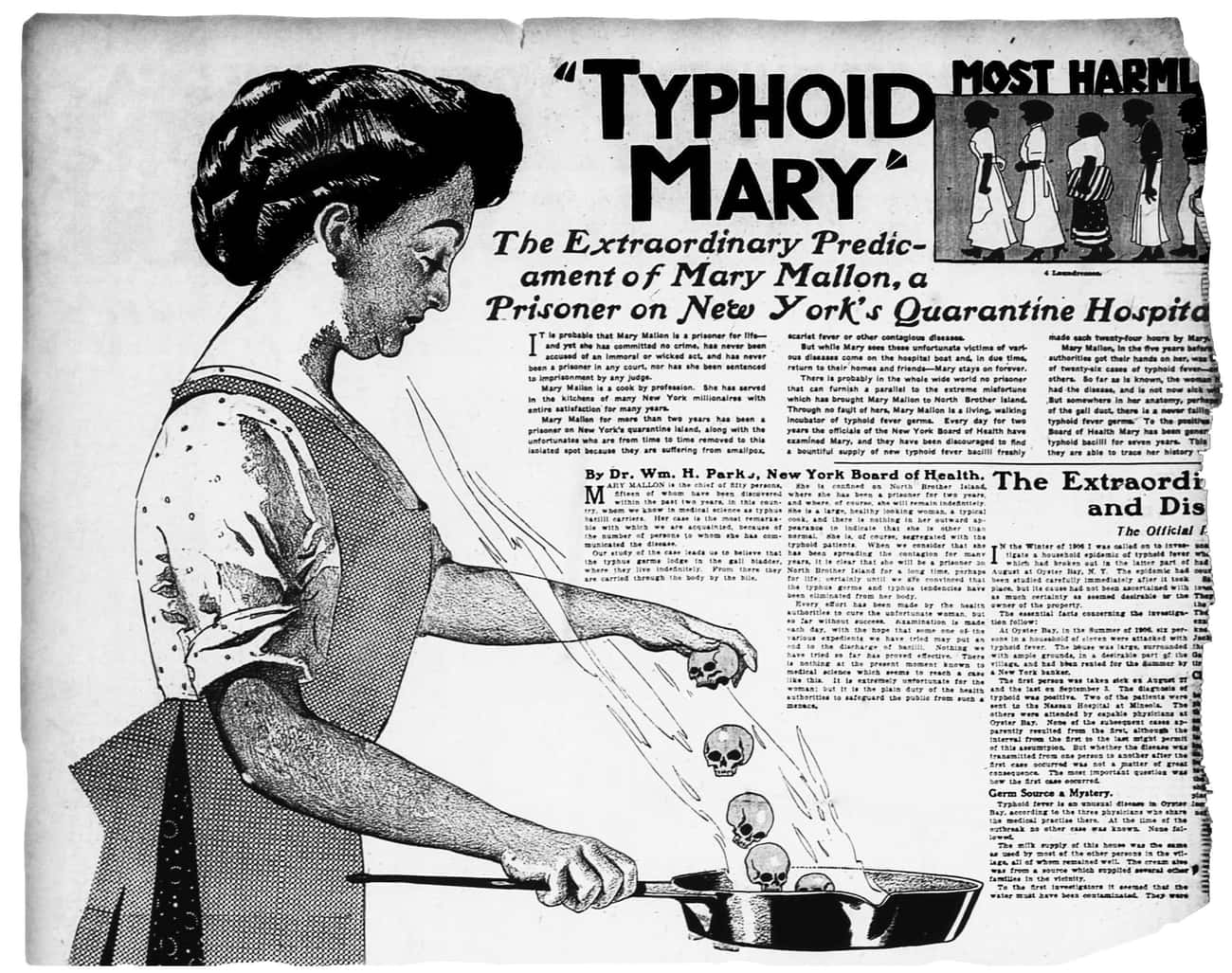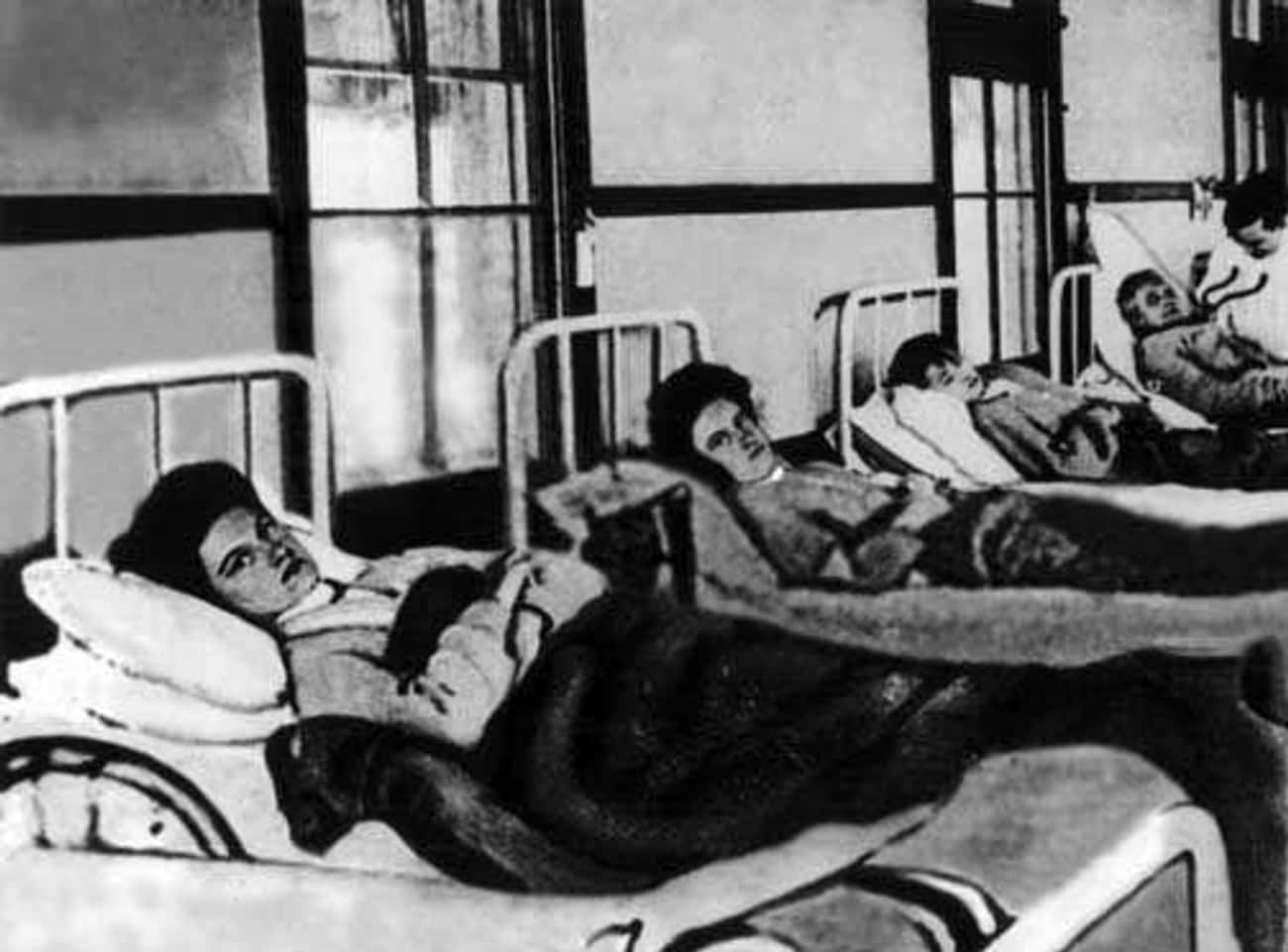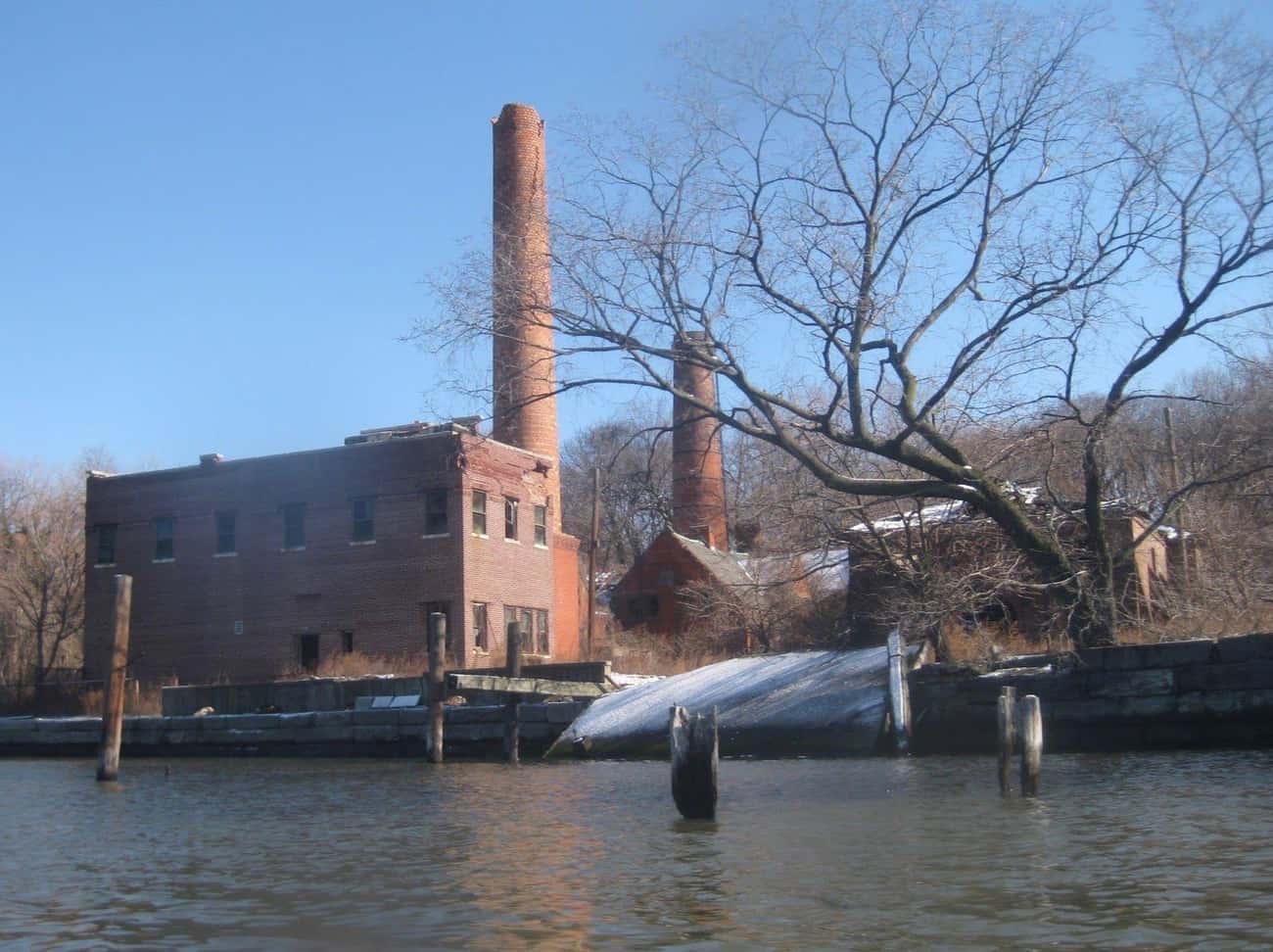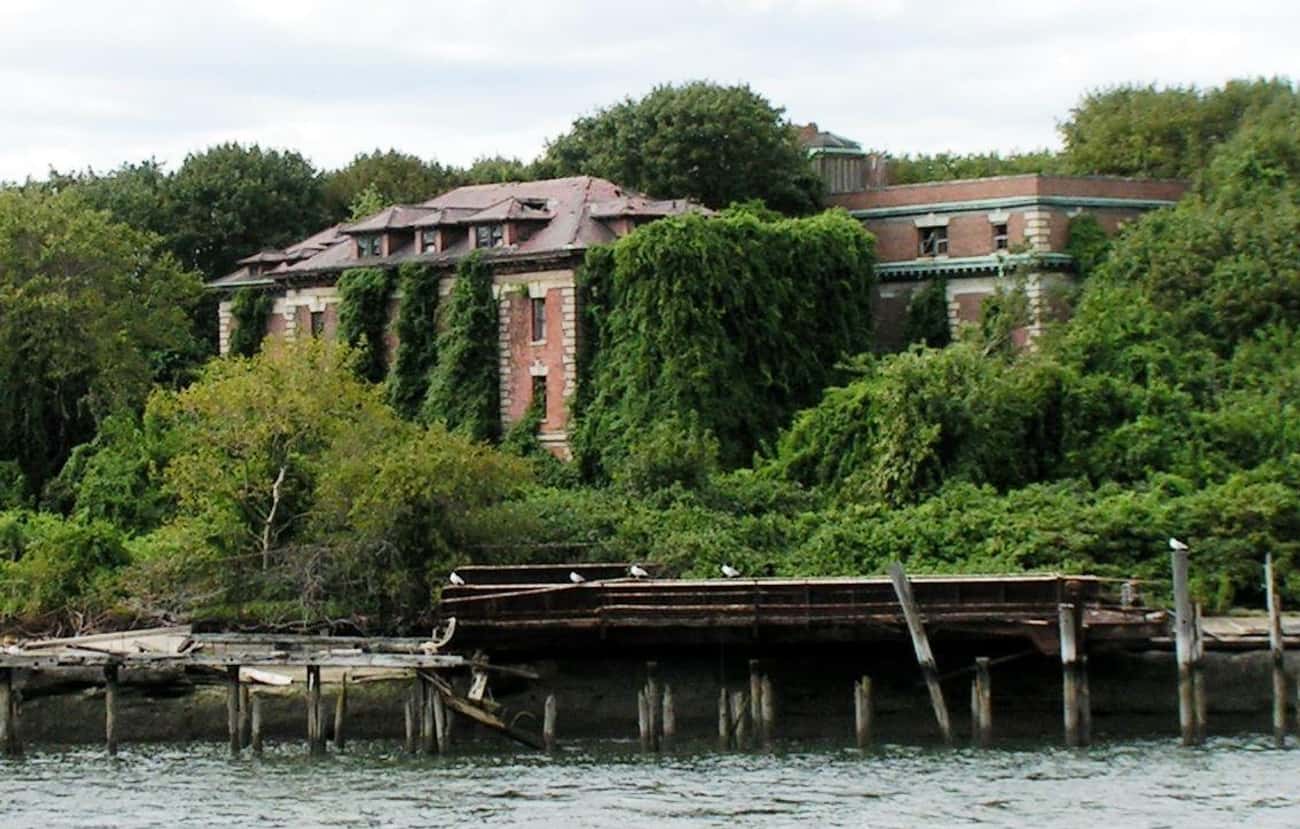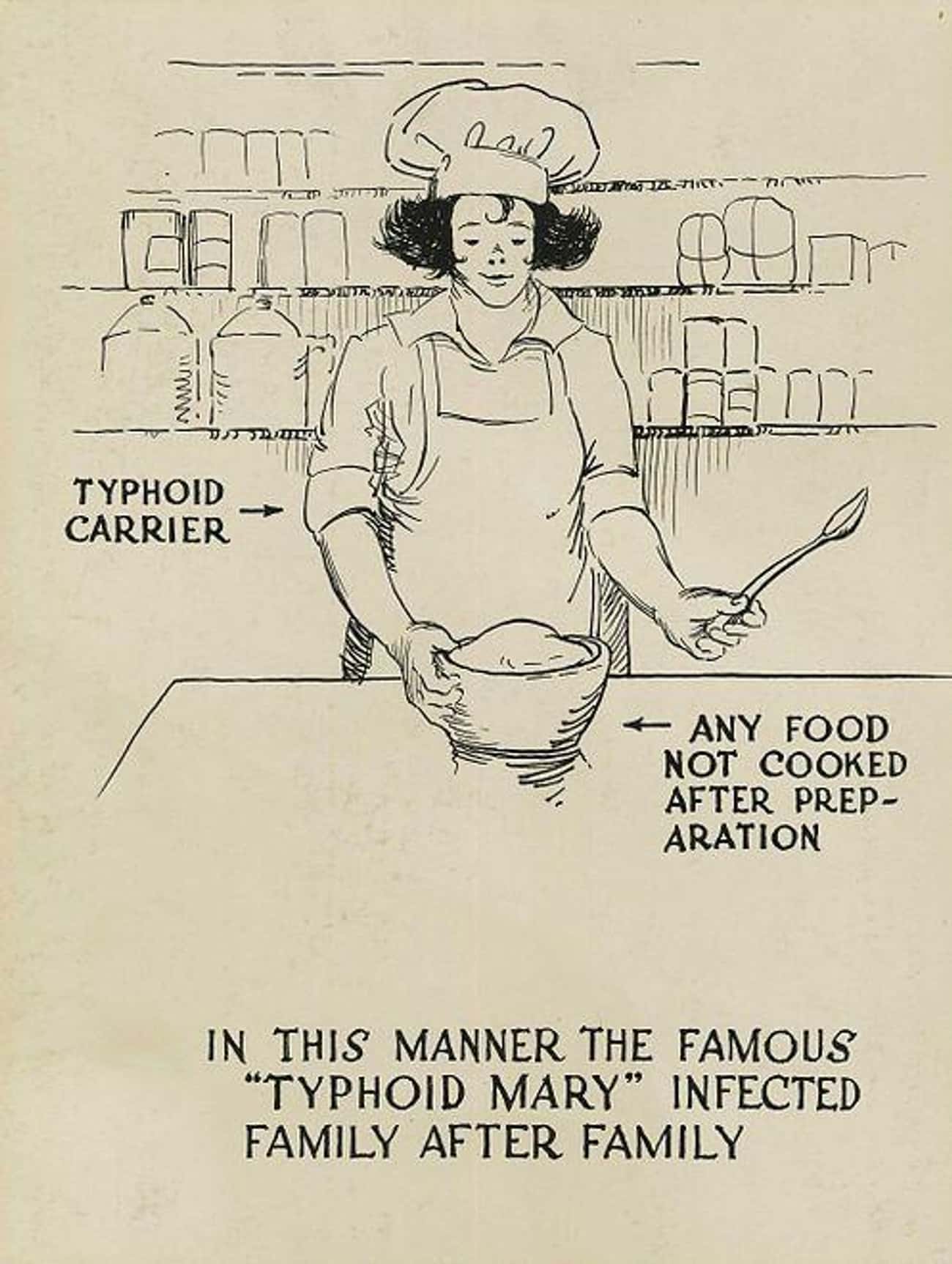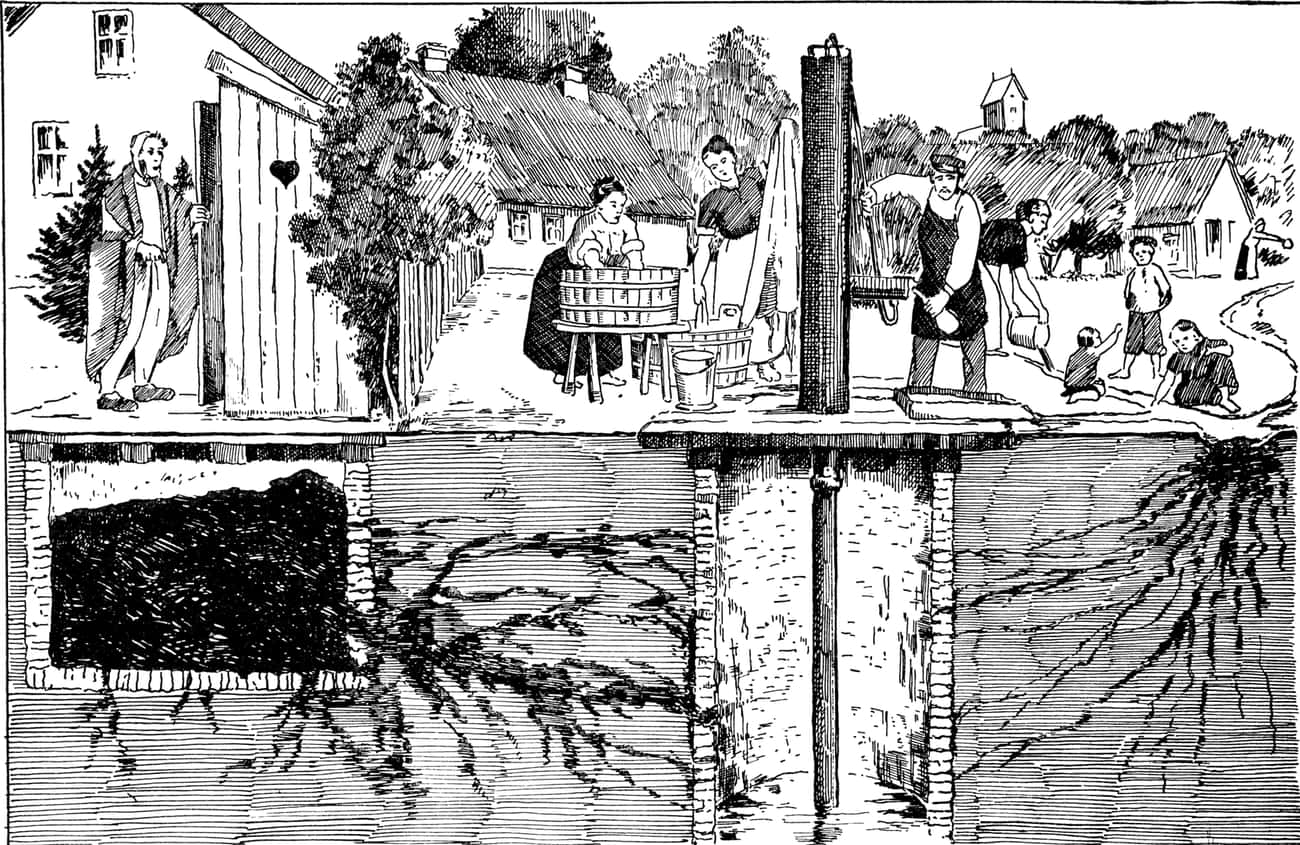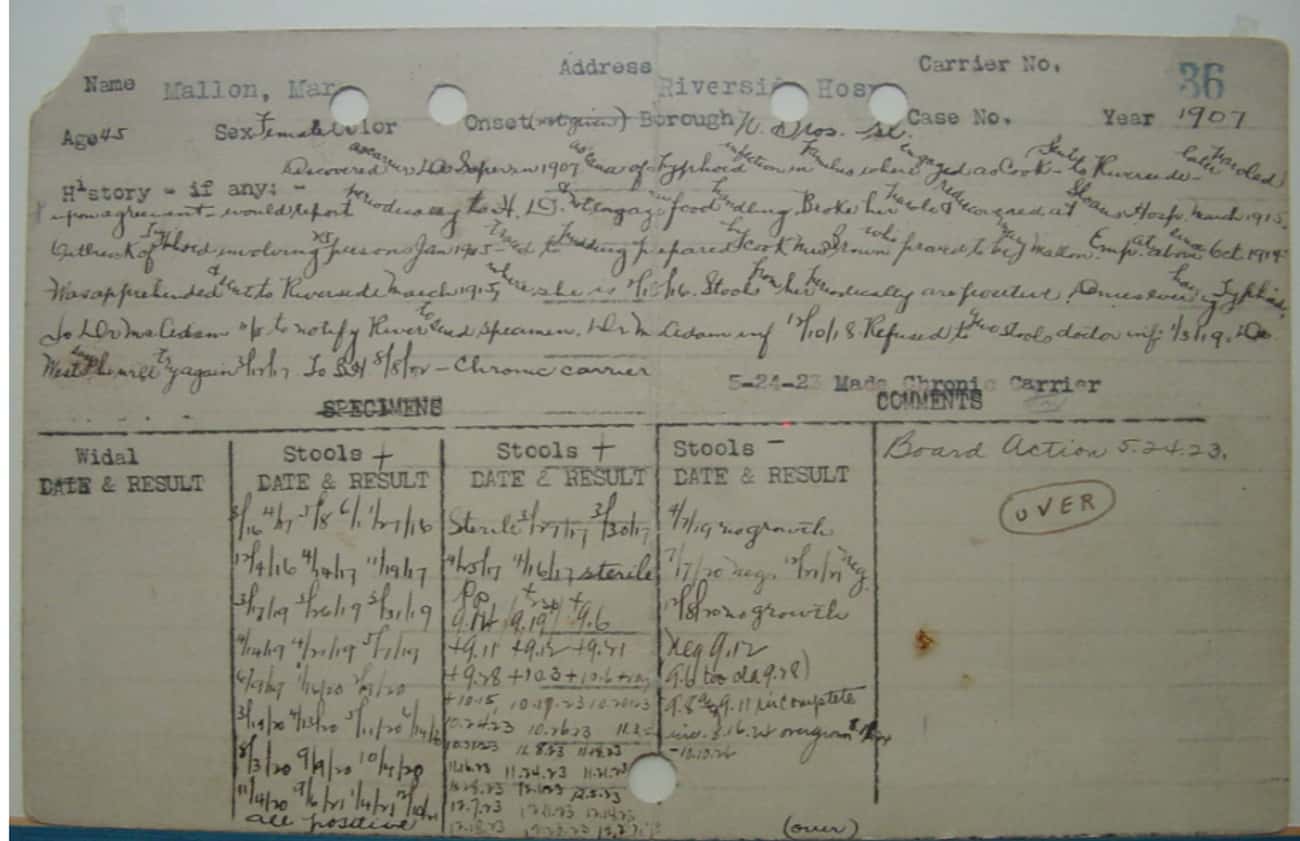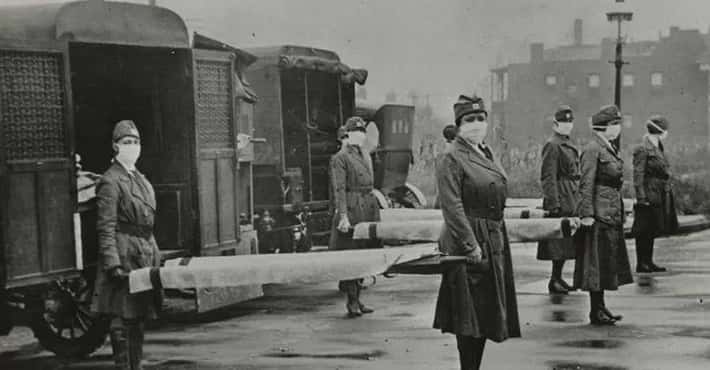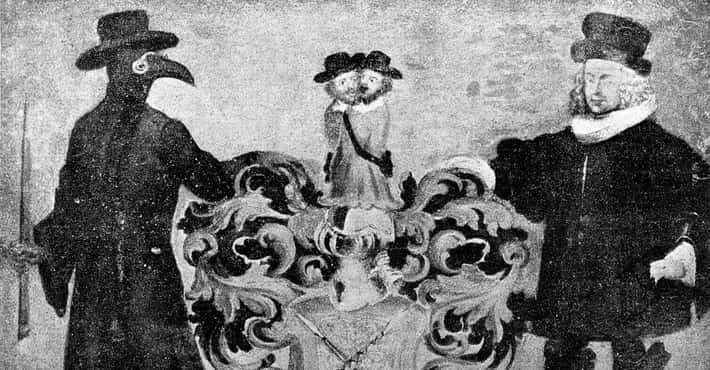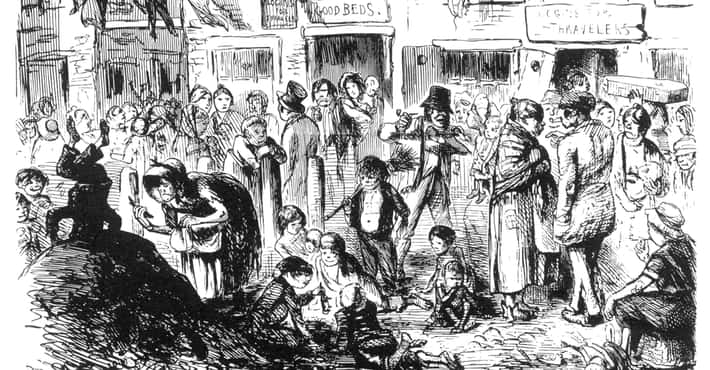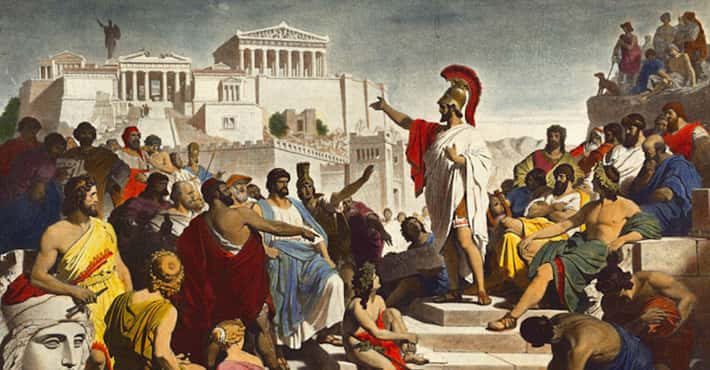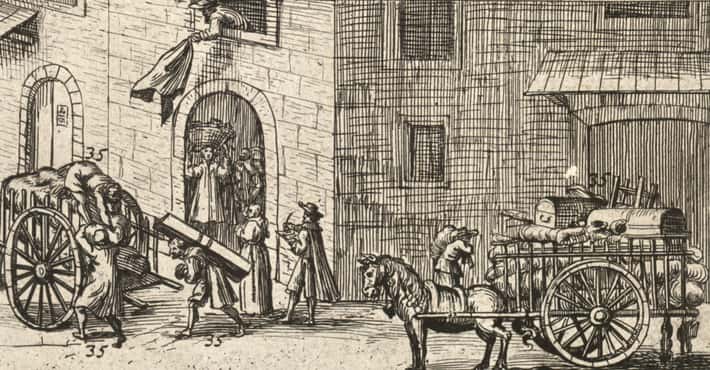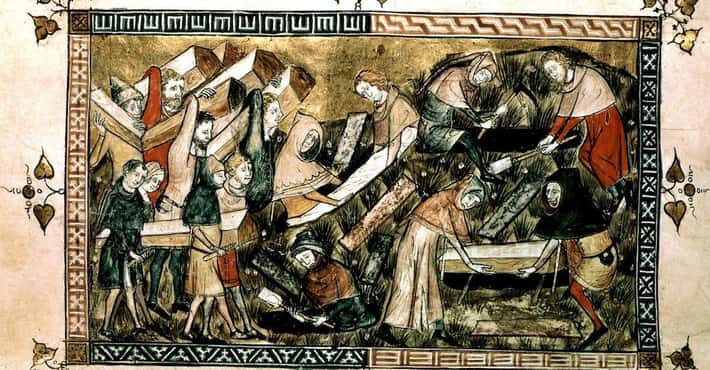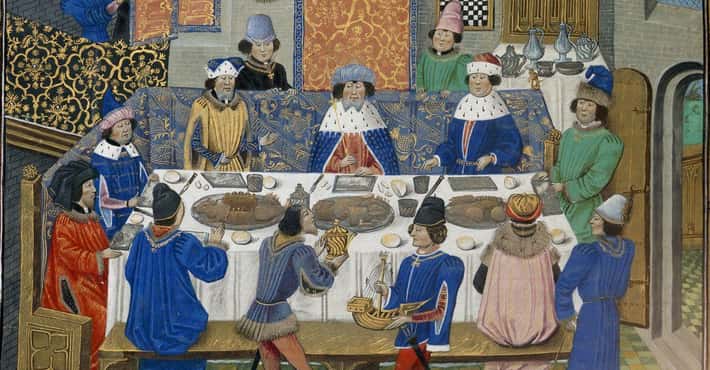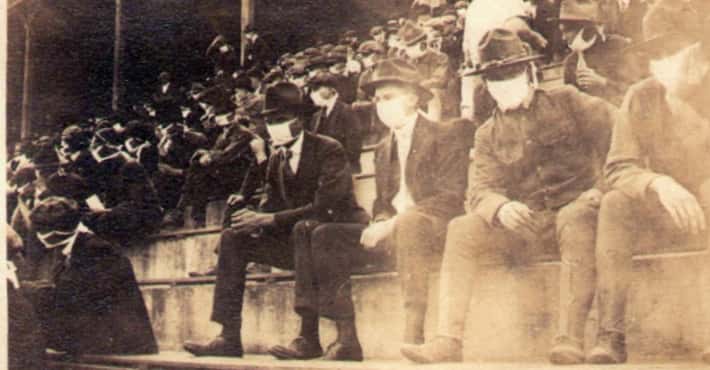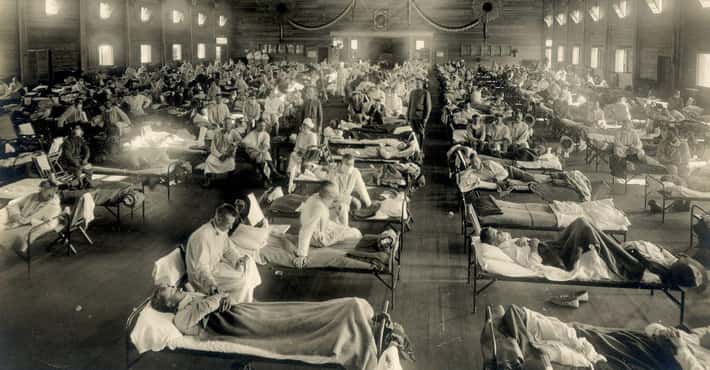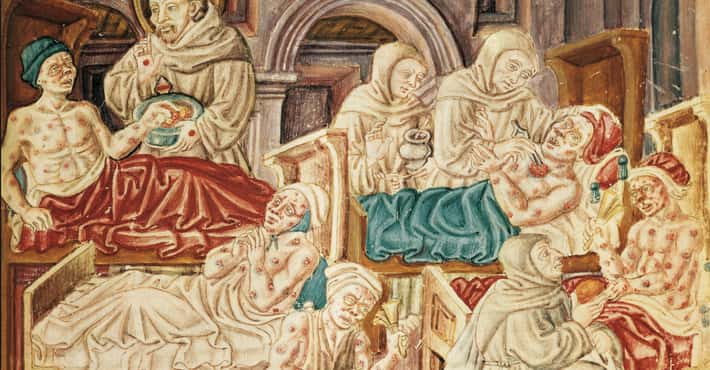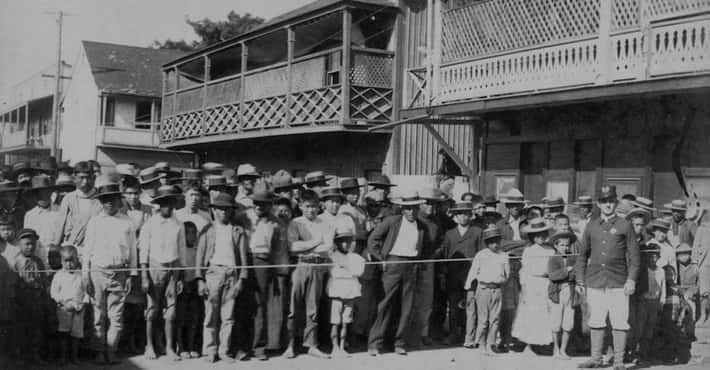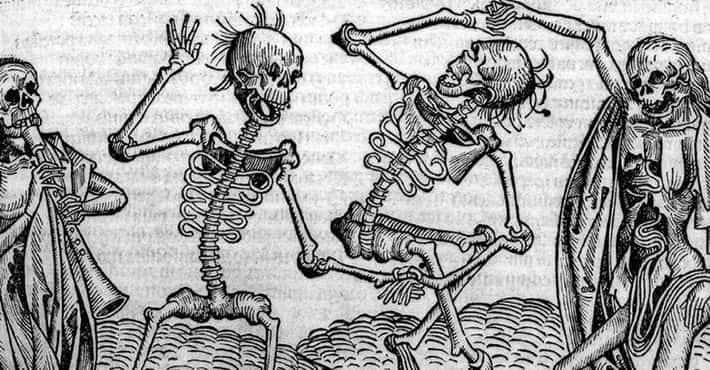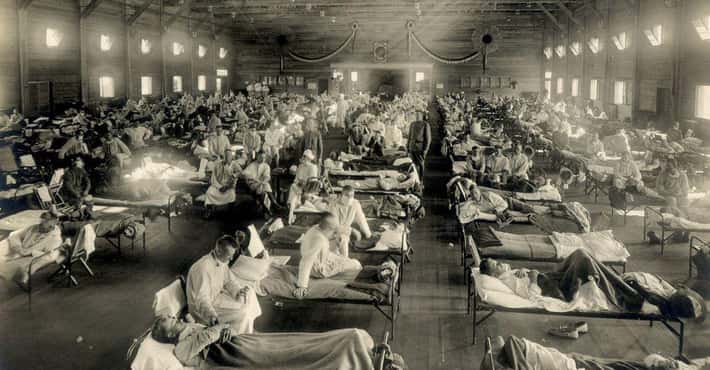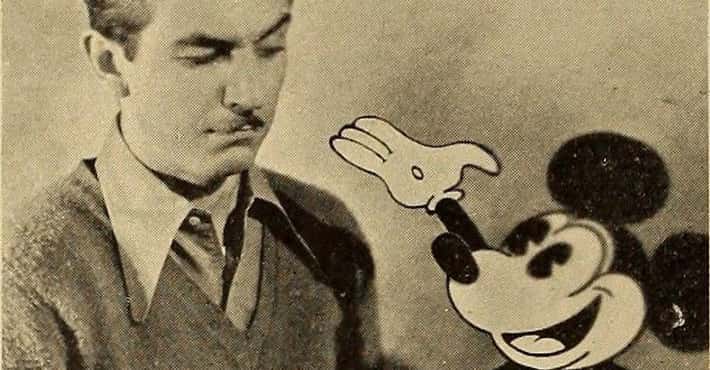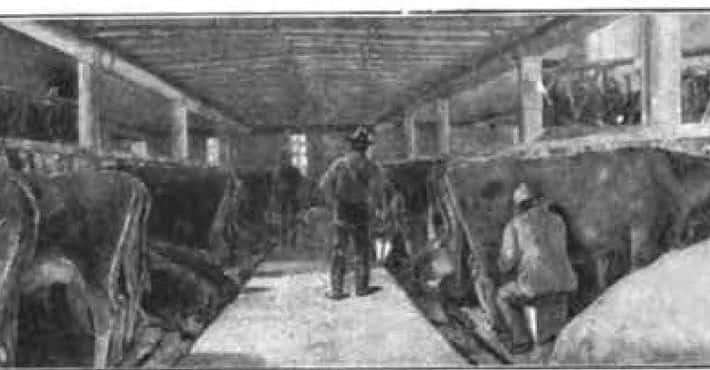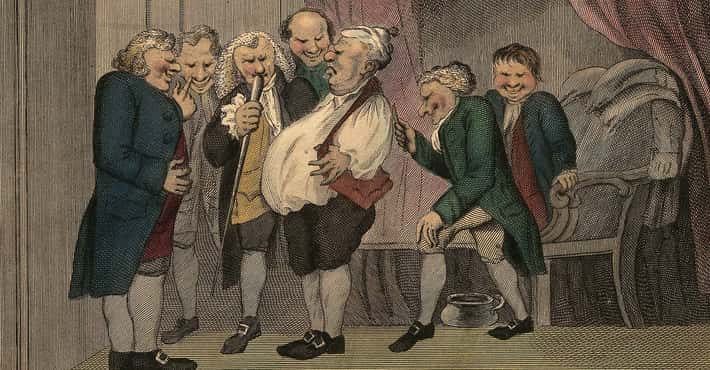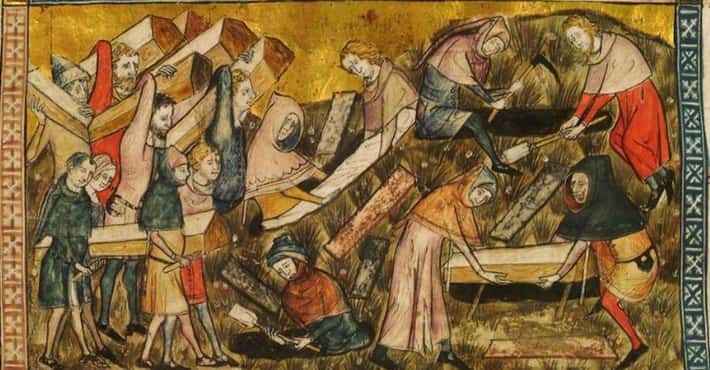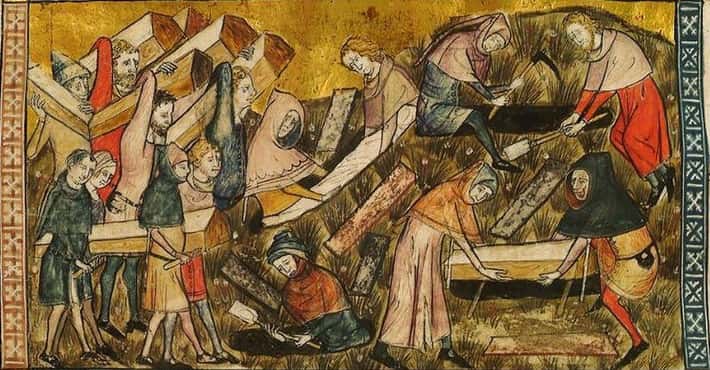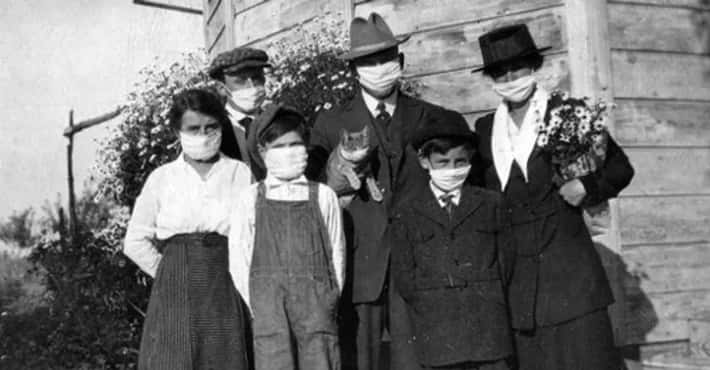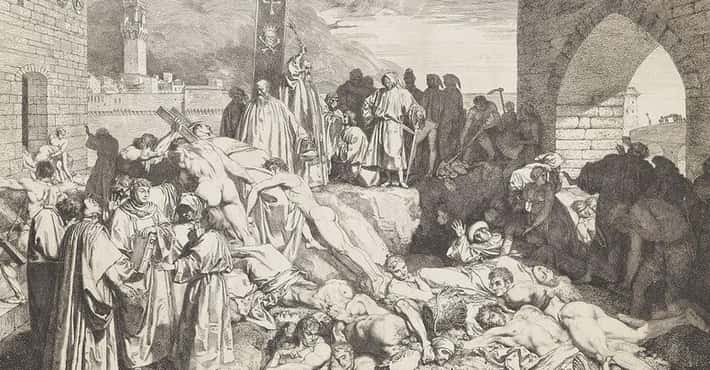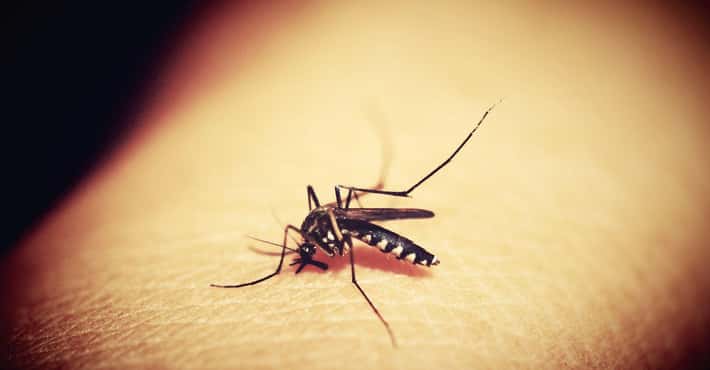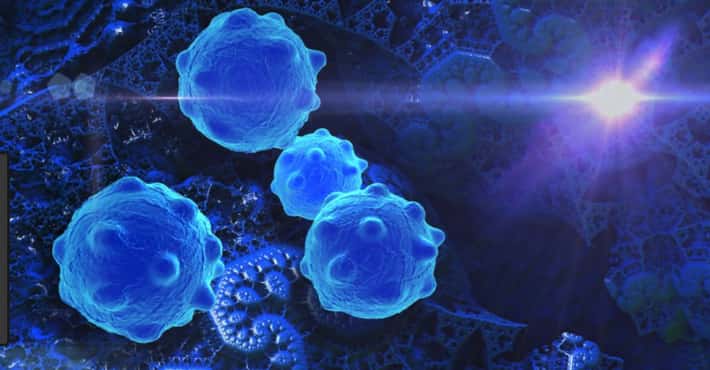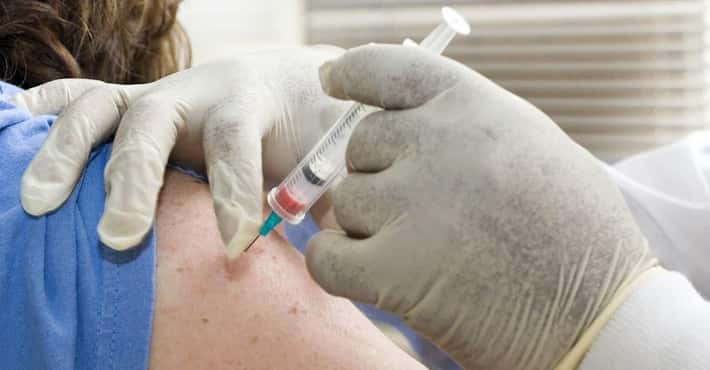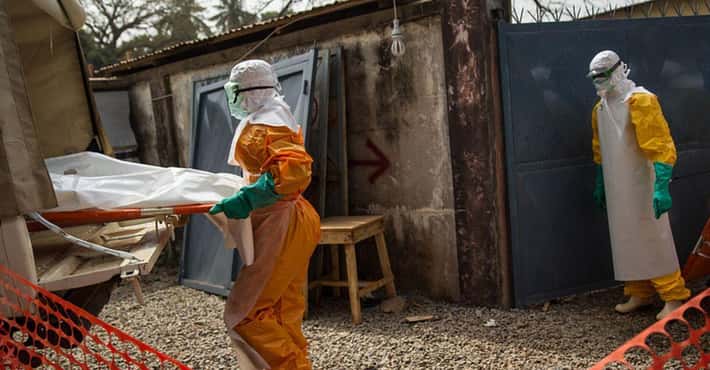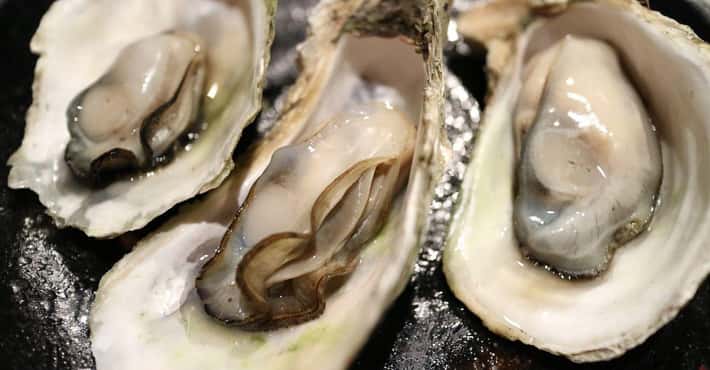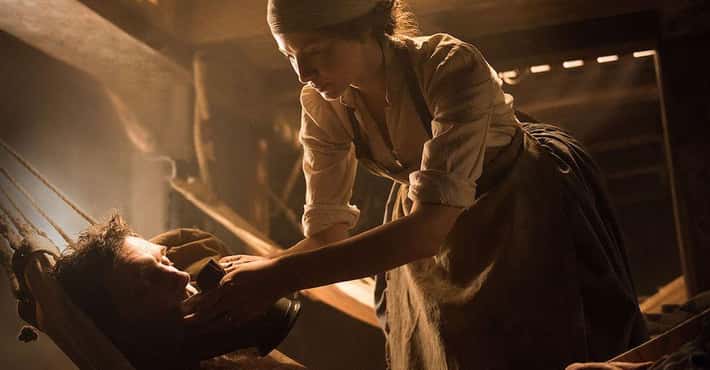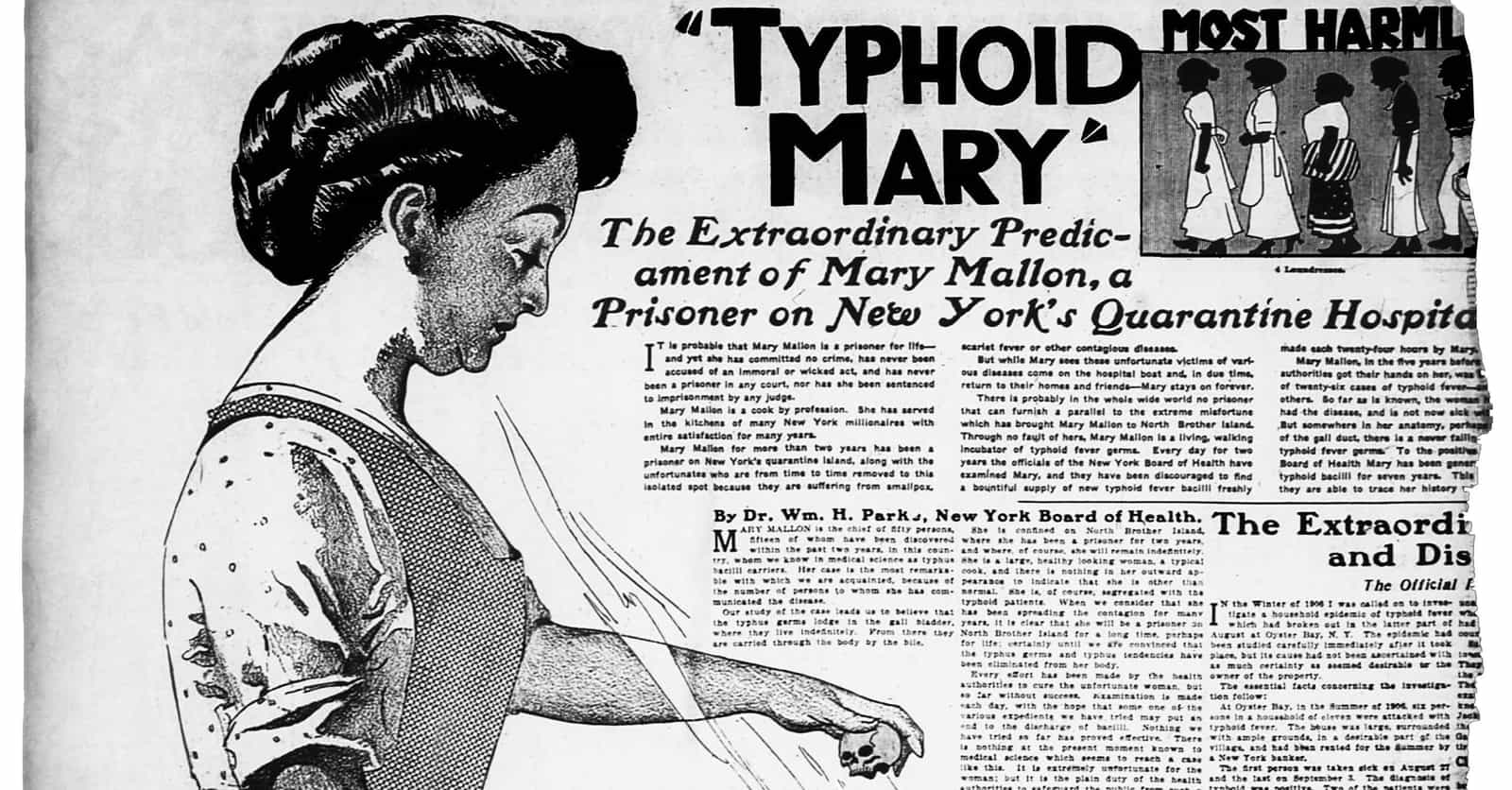
The True Story Of Typhoid Mary Is Way Sadder Than You Think
- Photo: Lupo / Wikimedia Commons / Public Domain
She Once Chased A Sanitary Engineer With A Meat Cleaver
When Dr. George Soper – the sanitary engineer who identified Mallon as the typhoid culprit – came to take samples in 1907, Malloon outright refused. Allegedly, the cook grabbed a meat cleaver (alternatively a rolling pin or meat fork) and chased him out of her house.
After several more attempts, authorities were able to pin down Mallon. The last attempt ended in a three-hour chase.
- Photo: Ideru / Wikimedia Commons / Public Domain
She Was Forced Into Her First Quarantine In 1907
After considerable resistance, Mallon was finally taken into custody for stool, urine, and tissue samples. Doctors then confirmed she was indeed ripe with the typhoid bacteria, despite the fact she displayed zero symptoms and remained the epitome of good health.
Public health officials deemed her a threat to society and decided she must be quarantined. Against her will, Mallon was placed in a single-occupancy cottage at the Riverside Hospital for Communicable Diseases on North Brother Island.
Mallon stated to reporters she felt she was being grossly mistreated – like a "leper" – and continuously insisted there was no way she had typhoid.
- Photo: Julie McCoy / Wikimedia Commons / CC BY-SA 4.0
Doctors Took Over 160 Samples From Her Without Consent
By 1915, the now-infamous Typhoid Mary had been recaptured and placed under a lifelong quarantine back at North Brother Island. Perhaps it was her intransigence or the fact that doctors truly didn't know how to handle a case like hers, but the health authorities treated Mallon inhumanely.
When she was first tested, doctors discovered her gallbladder was riddled with the salmonella bacteria, and they wanted to remove it. She refused the procedure during her first quarantine, but when they had Mallon in her second custody, they made a second attempt. She managed to prevent the surgery, but she couldn't prevent the doctors from taking over 160 samples from her body during her remaining years there.
She also suffered neglect at the quarantine facility. Mallon was shown off to interns and journalists as a specimen; her doctors limited her interactions greatly, only allowing her to wash bottles in the laboratory.
She Changed Her Name Every Time She Started Working For A New Family
Throughout the ordeal, Mallon repeatedly denied she was the carrier of typhoid in all of the outbreaks that followed her career; however, she left quietly after each family's disease outbreak and always changed her name slightly for each new job.
While she obviously wanted to avoid association with the press, and she would want to remain in a typhoid-stricken household, Mallon's strange behavior makes some critics wonder if she did actually understand she was somehow a carrier of the disease.
- Photo: Chronicling America / Library of Congress / Public Domain
Mallon Broke Her Promise And Worked As A Hospital Cook, Infecting 25 People
Mallon was released from her first quarantine under the condition that she wouldn't continue working as a cook. In 1910, she was released and began a job as a laundress. Mallon promptly disappeared from her washing position, however, and immediately began to serve families again.
For five years, she managed to evade the authorities by constantly changing her name and regularly changing jobs. In 1915, an outbreak of 25 new typhoid cases occurred at Sloan Maternity Hospital in New York. Mallon was found working as a cook there, and she was promptly arrested and returned to quarantine.
- Photo: Reivax / Wikimedia Commons / CC BY-SA 2.0
Her Second Quarantine Was A Life Sentence
Mallon was returned to North Brother Island in 1915, and New York Public Health officials decided she would remain under quarantine for the rest of her life. The newly dubbed "Typhoid Mary" had been called "The most dangerous woman in America," and authorities agreed she could not be trusted to follow any sort of prevention in spreading typhoid.
For her remaining 23 years of life, Mallon lived mostly in isolation on North Brother Island. In 1938, she supposedly died from pneumonia, though reports vary. By the time of her death, estimates contested that she had caused at least 51 cases of typhoid and three deaths.
She Didn't Wash Her Hands While Cooking
Health officials didn't expect to encounter typhoid in wealthy, upper-middle-class families in New York, as it was typically associated with poverty and poor hygiene.
Upon her first questionings from New York City Health officials in 1907, Mallon admitted she didn't see the point in washing her hands. Germ theory was still fairly new, and she didn't seem to believe sickness could be transferred through physical contact or lack of proper washing.
- Photo: Anonymous / Wikimedia Commons / Public Domain
A Sanitary Engineer Identified Her As The Carrier In 1906
In 1906, George Soper, a sanitary engineer for the New York Department of Health, was hired by a homeowner whose family had suffered a violent and inexplicable typhoid outbreak.
His first instinct was to look to the servants and cooks. Specifically, he was curious about an Irish immigrant who had been hired as a cook for the family three weeks before the outbreak (the exact incubation period of the salmonella bacteria that causes typhoid). He conducted a background check on her work history and saw the trail of typhoid victims. Coupled with the culprits' rapid job and name changes, Soper knew he had found his carrier.
Soper interviewed Mallon and eventually suggested she could be the carrier causing the outbreaks. Mallon staunchly denied his accusations. Authorities became involved before Mallon could be restrained and formally tested for the bacteria.
- Photo: Jtamad / Wikimedia Commons / CC BY-SA 3.0
She Was America's First Identified Asymptomatic Typhoid Carrier
Mallon was the first identified asymptomatic carrier of typhoid, meaning she carried the disease without displaying any of the symptoms. This was a breakthrough discovery at the time, but unfortunately, no protocol existed to address such a problem. Health authorities did have the right to quarantine people who posed a risk to society health-wise; however, even though authorities knew Mallon was somehow the missing link in the typhoid outbreaks, they couldn't exactly prove how or why.
Mallon's anger and claims of a government conspiracy only worsened the already fraught situation. At certain times, the public even sided with Mallon; however, she was undoubtedly the carrier, as her compiled work history left a path of repeated sickness and death in its wake.
Only in 2013 did Stanford researchers made a breakthrough in which they discovered how Mallon was able to carry the bacteria yet not display symptoms. Simply explained, the salmonella bacteria behind typhoid can hide in immune cells known as macrophages and essentially hijack their metabolism in their favor. If the germs are successful in "hacking" the macrophages, then the person (in this case, Mary Mallon), can spread the germ unknowingly while remaining healthy themselves.
There Were Over 400 Other Asymptomatic Typhoid Carriers
Mallon's discovery in 1906 as the first asymptomatic carrier in the country made waves in the scientific community. By the time of Mallon's death in 1938, over 400 other "healthy" carriers had been identified. According to records, it appears not one of them received forced confinement like Typhoid Mary.
This raised questions about epidemic and public health protocol. Many questioned whether it was justifiable to confine someone against their will for the greater good of society. The medical community contested that Mallon's refusal to cooperate or act honestly regarding her diagnosis warranted her rough treatment and confinement.
Typhoid Clotted Victims' Blood And Distended Their Stomachs
In the early 1900s, typhoid was still a fairly dangerous disease; the mortality rate was around 10%. A doctor introduced the first vaccine in 1896, which helped considerably for soldiers (who were more likely to die from typhoid than combat), but it hadn't quite become widespread enough to be entirely effective for the masses.
Typhoid sufferers start exhibiting symptoms between one and three weeks after infection, usually starting with a dangerously high fever along with nausea, vomiting, headaches, and muscle pain. Next, a distinctive rash appears on the chest. Without treatment, intestinal bleeding can occur, leading to blood clots under the skin. In the most dangerous cases, the abdomen will distend.


